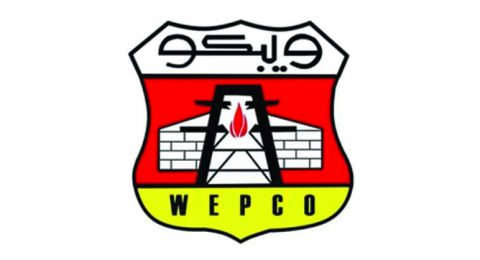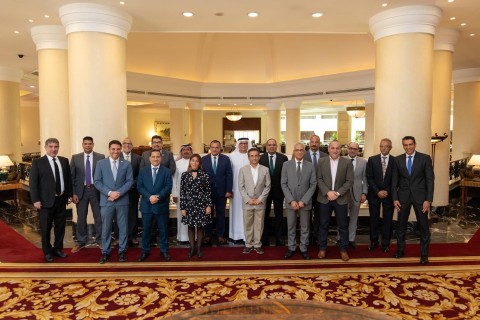Providing a safe working environment is essential within the oil and gas industry. This is what oil and gas companies are working on all the time, along with other practices from exploration to refining. Ensuring safety should include the workers, working places, surrounding environment of operations as well as society. As new technologies are emerging continuously, thermal imaging has evolved. This technology is a good choice for early detection of any possible leaks, damages, or corrosion. By being powered with artificial intelligence, thermal imaging becomes more efficient.
What Is Thermal Imaging?
A report prepared by TechNote explained that “objects around us give off heat to some degree, and that heat is made up of long wavelength infrared radiation that the human eye cannot see. Thermal imaging uses a sensor to convert the radiation into a visible light picture. Not only does this picture help us identify objects in total darkness, or through dense smoke, but the sensor information can be used to measure temperature differences as well.” This process is done by using thermal cameras which are capturing the image through infrared radiations emitted from objects.
Thermal Imaging Empowers Oil and Gas
Thermal imaging makes it easier for operators to reveal if there are any possible risks of having mechanical issues quickly even before it happens, especially in the areas in which it is hard to reach or see. It is considered a very good technique for monitoring any operation process among the various industries in the oil and gas sector. One main benefit of this technology is that it could save time and costs as well as provide safe and efficient operation.
By using artificial intelligence, thermal imaging becomes more efficient and smarter. Nilg.ai reported that deep learning algorithms enabled the models to automatically extract the most relevant features for each task. It also can “help operators mitigate these risks and improve efficiency through the automation of remote monitoring and control processes,” Azena website stated.
For example, by using AI video analytics, thermal images can detect any problem in real-time, determine the size of leaks, and detect liquid levels in tanks to overcome if it rises above the allowed level or falls below a critical level. So tracking such leaks can allow companies to reduce their carbon footprints, especially for those emitted from the pipeline that transfers gases from oil and gas production sites into the refineries.
Thermal Imaging Applications in Oil & Gas
There are many aspects in which infrared can be used in cameras within the oil and gas industry. A report published by ndt.net, thermal cameras can be used in inspecting oil and gas transportation means including containers, pipes, and valves for 24 hours. It is useful when it comes to chemical facilities by spotting any equipment working with an abnormal temperature range – providing predictive maintenance that can be fixed before any incident occurs. As mentioned above, this allows companies to report inspection findings in order to ensure worker safety required by the governments. Moreover, thermal cameras can be easily used in different ways. It also can be installed on drones, helicopters, multicopters, and smaller planes. The thermal cameras can then send their images back to you on the ground, which allows workers to inspect remote areas without exposing to hazardous situations. Thus, it can be said that thermal management is one of the best tools for operators to control and maintain any possible risks.








